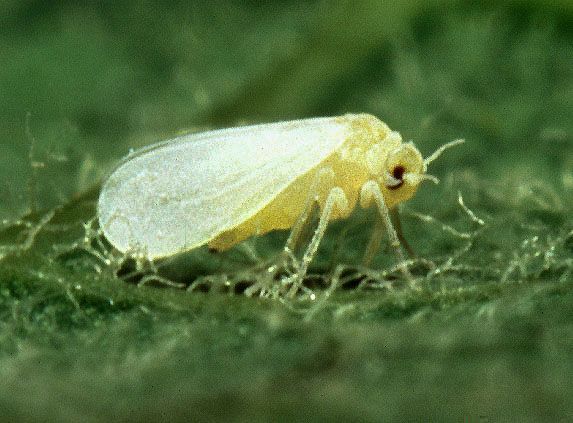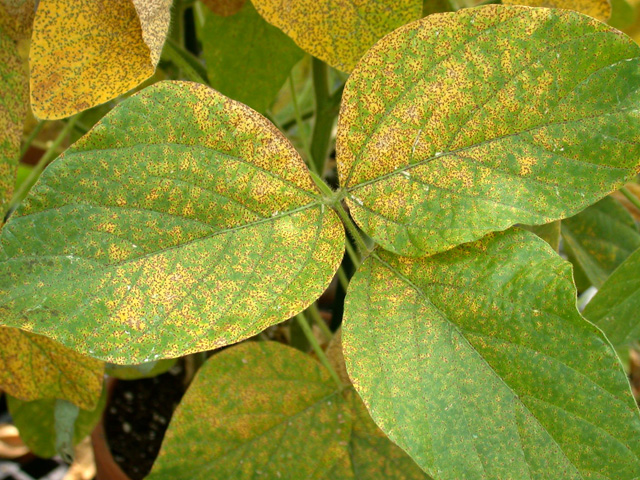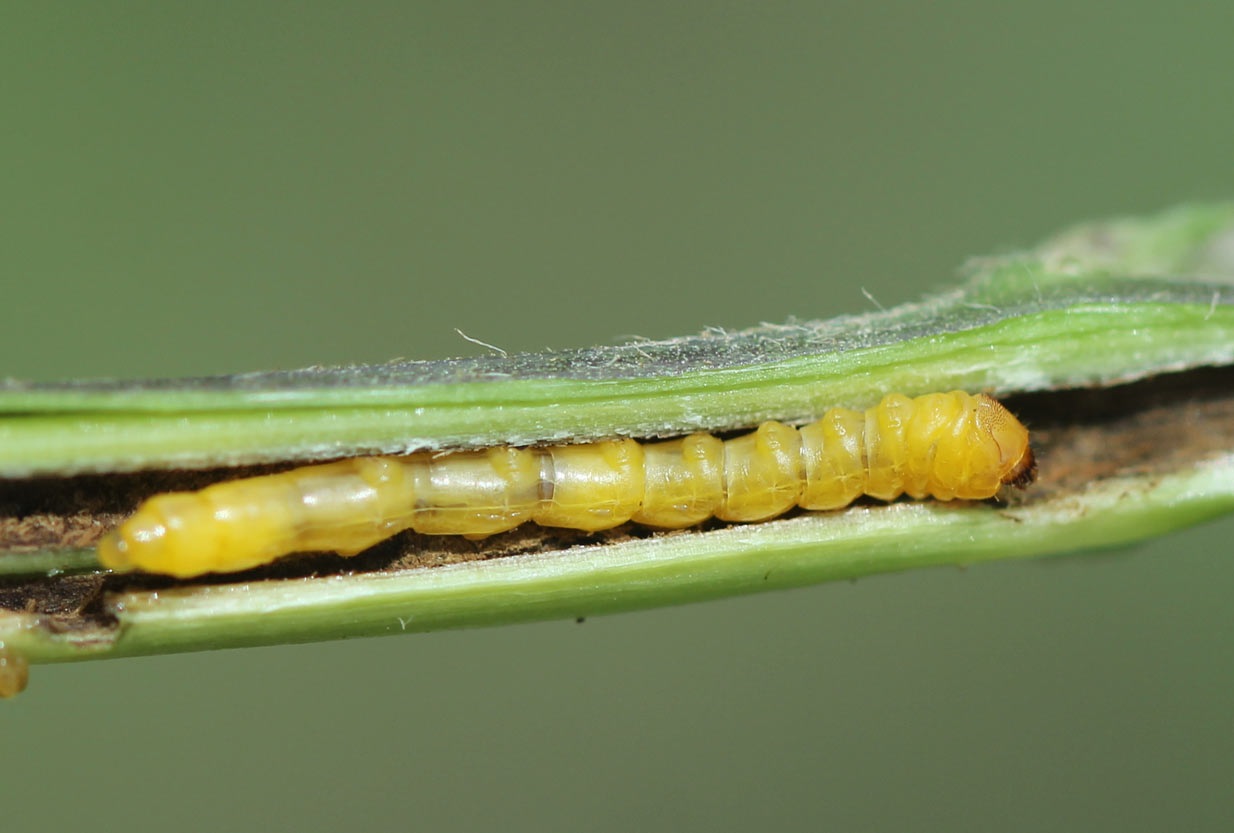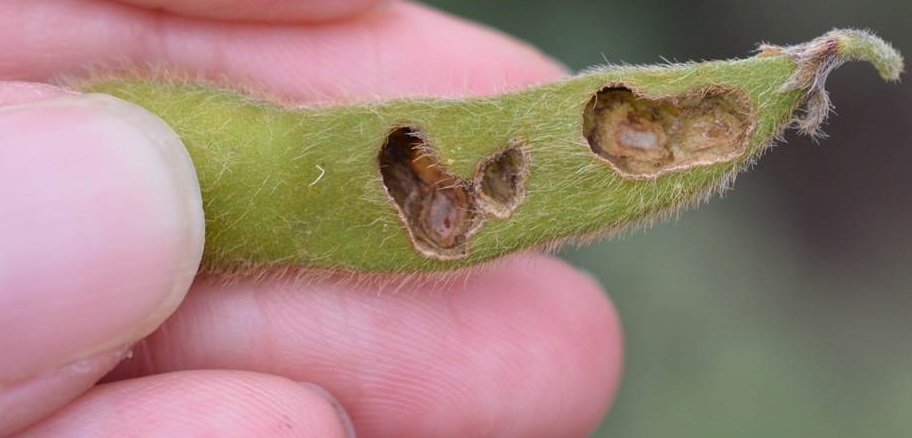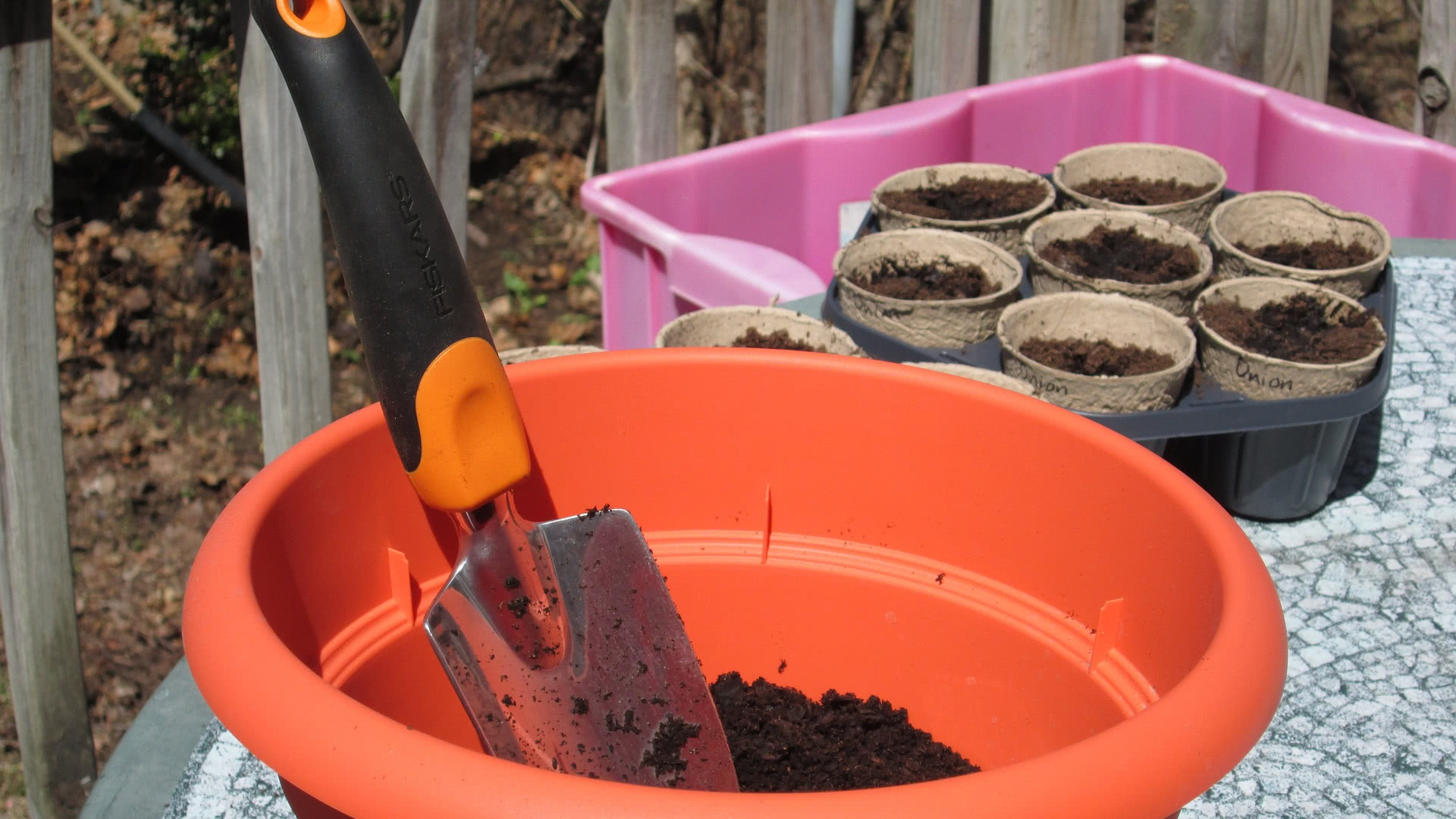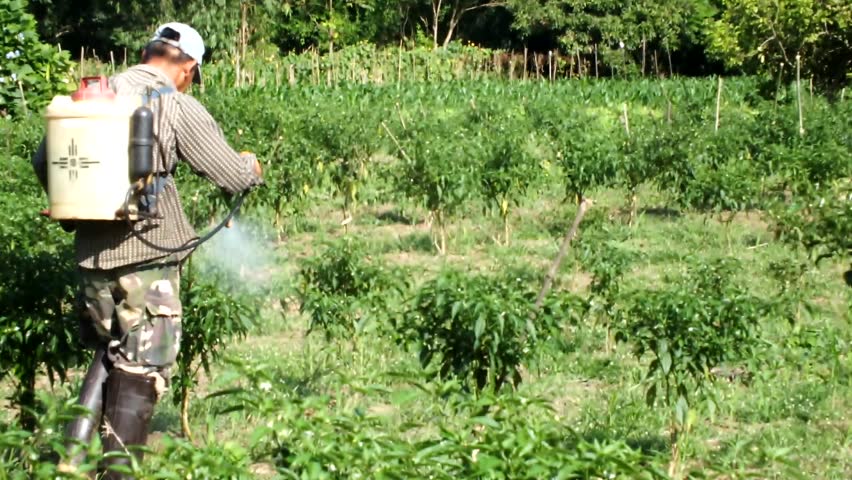- This pest causes a lot of damage in chilli crops in both the stages of its life cycle i.e. nymph and adult
- They suck the cell sap of chilli plant leaves and inhibit plant growth.
- This insect also causes infection of a harmful fungus known as the black fungus that grows on the plant.
- In the situation of high infestation, the chilli crop becomes fully infected
- Even after the crop is fully developed, there is a chance of infestation of this pest which causes the leaves of this crop to dry up and fall.
- Management: For the control of this pest,DIAFENTHIURON 50 % WP@ 250 gram / acre orFLONICAMID 50% WG@ 60 ml / acre or ACETAMIPRID 20 % SP @ 100 gram / acre or PYRIPROXYFEN 10 % + BIFENTHRIN 10% EC@ 250 ml / acre
Possibility of heavy rains in many states, Orange alert issued
The weather is changing all over the country, it is raining in many states, and there is still a wait for rain somewhere. In such a situation, the Meteorological Department is expecting that heavy rain may occur in many areas of the country in the next few days.
According to the Meteorological Department, Monsoon will remain active and light rain will take place in the next few days in Uttar Pradesh, Bihar, West Bengal, North-Eastern Madhya Pradesh, Sikkim, Assam, Meghalaya, and Arunachal Pradesh.
Apart from this, light rains may also occur over East Rajasthan, Delhi, Haryana, Telangana, and Interior Karnataka as per the Meteorological Department, and heavy rain is expected in Andaman, Nicobar Islands, and Tamil Nadu.
It is worth noting that there has been torrential rains in many areas of Kerala in the last 24 hours as well as light rain at many places in Haryana, Punjab, Uttarakhand, Uttar Pradesh, Southwestern, and North Madhya Pradesh, West Bengal, Assam, Meghalaya, and Arunachal Pradesh. Heavy to very heavy rainfall occurred in some parts with moderate rainfall.
Source: Krishi Jagran
ShareHow to prevent soybean mosaic virus
- Whitefly (sucking pest) is the carrier of this virus
- Symptoms are not completely clear in plants infected with soybean mosaic virus.
- Its symptoms may vary according to the varieties of the soybean crop.
- Its infestation causes the leaves to turn yellow and yellow-green spots are formed on the leaves.
- Due to incomplete growth, the leaves get deformed and fruit formation is affected.
- Its infestation inhibits the growth of soybean plants which in turn affects production.
- To control this,ACETAMIPRID 20 % SP@ 100 gram / acre or BIFENTHRIN 10 % EC @ 300 ml / acre or DIAFENTHIURON 50 % WP @ 250 gram / acre.
- METARHIZIUM @ 1 kg / acre or BEAUVERIA BASSIANA @ 250 gram / acre
Share
Symptoms and prevention of Rust in soybean crop
- Rust: This disease causes a lot of damage to soybean crops.
- The symptoms of its infestation appear initially on the upper parts of the plant.
- After which a large number of light brown or orange spots appear on the upper surface of the leaves, which later turn into brown or reddish-brown spots,
- Management: – Spraying of THIOPHANATE METHYLl 70% WP @ 300 gram / acre or HEXACONAZOLE 5% SC @ 400 ml / acre or PROPICONAZOLE 25% EC @ 200 ml / acre.
- Biological treatment: – Spray TRICHODERMA VIRIDE @ 500 gram / acre or PSEUDOMONAS FLUORESCENS @ 250 gram / acre.
More than three lakh hectares of land will be made cultivable in the rugged region of MP
Efforts are being made to make the deserted land of Chambal in Madhya Pradesh fertile and cultivable. If everything is right then greenery will also come in this area and crops will flow. The World Bank is considering a comprehensive plan for cooperation in this task.
It is worth noting that Chabal’s rugged Madhya Pradesh, Rajasthan, and Uttar Pradesh are spread over all the three regions and the World Bank is going to work to make this area cultivable. World Bank official Adarsh Kumar has agreed to work on the project of development of rugged areas in Madhya Pradesh. In this area, more than three lakh hectares of land is not cultivable. If this vast area becomes cultivable, then the people of the area will get a means of livelihood and it will also be an environmentally sound step. There is a plan to set up agricultural markets, godowns, and cold storage in the Gwalior-Chambal region for the overall development of the area along with bringing greenery to the desolate land of the rugged.
Source: TV9 Bharatvarsh
ShareGirdle beetle management in soybean
- This pest causes lots of damage to soybean crops.
- The female of this insect lays eggs inside the stem and when the girdle beetle emerges from the egg, they feed on the same stem and damage it.
- This makes the stem hollow, causing the nutrients to not reach the leaves, resulting in dried leaves.
- Due to this the crop production is affected
Mechanical Management: –
- Do deep plowing in an empty field during summer. Do not sow more dense crops.
- Do not use high nitrogenous fertilizers, if the infection is very high, use appropriate chemicals.
Chemical Management: –
- LAMBDA CYHALOTHRIN 4.9 % CS @ 200 ml / acre or PROFENOFOS 40 % + CYPERMETHRIN 4% EC @ 400 ml / acre
- QUINALPHOS 25% EC @ 400 ml / acre or BIFENTHRIN 10 % EC @ 300 ml / acre
Biological Management: –
- BEAUVERIA BASSIANA @ 500gram / acre
Control of pod borer in soybean crop
- This insect causes a lot of damage to the soybean crop.
- The attack of this insect takes place only in the early stage of the soybean crop during which it damages the soft parts of the plant.
- Resulting in damaged soybean pods and seeds.
- This pod borer damages the soybean crop a lot.
Management:
- PROFENOFOS 40 % + CYPERMETHRIN 4% EC @ 400 ml / acre or EMAMECTIN BENZOATE 5% SG @ 100 gram / acre or FLUBENDIAMIDE 20% WG @ 100 gram / acre or LAMBDA CYHALOTHRIN 4.6% + CHOLRANTRANILIPROL 9.3%ZC @ 80 ml / acre.
Biological Management:
- BEAUVERIA BASSIANA @ 250gram / acre
Heavy rains may occur in these districts of MP in the coming 3 to 4 days
According to the forecast of the Meteorological Department, a new system is going to be activated in the month of August and after this, a series of fresh rains will begin. Significantly, in the last twenty-four hours, it has shown in many districts of Madhya Pradesh. The Meteorological Department has predicted rains in many districts.
According to the Meteorological Department, heavy rains are expected in Anuppur, Umaria, Dindori, Damoh, Chhatarpur, Shivpuri, Gwalior, Datia, Bhind, etc. districts. Along with this, there is a possibility of thunderstorms in Rewa, Shahdol, Gwalior, Chambal, etc. areas.
Talking about other states of the country, according to the Meteorological Department, heavy rains are expected in Uttarakhand, Uttar Pradesh, Bihar, Sub-Himalayan West Bengal, and Sikkim and northeastern states in 3 to 4 days. With this, Punjab, Haryana, Chandigarh, Delhi, Himachal Pradesh, and Madhya Pradesh may receive rains from 29 to 31 July.
Source: MP Breaking News
ShareFertilizer management in 45-60 days in Chili crop
- In chilli crop, nutrition/fertilizer management is very important at the time of planting or after transplanting.
- Similarly, when the chilli crop turns 40 days, then nutrition/fertilizer management in 45-60 days is very important.
- At this stage, due to adequate nutrition/fertilizer management, good flower formation occurs in chilli crop and prevents the flower drop problem.
- The nutrition/fertilizer management is done as a soil treatment .
- The following products are used for this
- Use urea @ 45 kg / acre + DAP @ 50 kg / acre + magnesium sulfate @ 10 kg / acre + micro nutrient @ 10 kg / acre as soil treatment.
Spray Management in 40-50 days in chilli crop
- As you know, chilli is the most important Kharif crop.
- Just as spray management is done at the time of sowing and then in 25-30 days after sowing for control of pest, fungal diseases, good growth, and development, in the same way, spray management should be done after 40-50 days of sowing.
- Due to it being Kharif crop, the area where the chilli crop is sown is high in humidity, which causes many fungal borne diseases to occur on the chilli crop. To control these diseases, TEBUCONAZOL 10% + SULPHUR 65% WDG @ 500 gram / acre or HEXACONAZOLE 5% SC @ 400 ml / acre Or THIOPHANATE METHYL 70% WP @ 300 gram / acre or KASUGAMYCIN 3% SL @ 400 ml / acre.
- Use PSEUDOMONAS FLUORESCENS @ 250 gram / acre for control of fungal diseases
- If there is a Mites attack in the field, then use ABAMECTIN 1.9 % EC @ 150 ml / acre or PROPARGITE 57% EC @ 400 ml / acre.
- For the control of the sucking pests Spray of IMIDACLOPRID 17.8% SL @ 100 ml / acre or THIAMETHOXAM 25% WG @ 100 gram / acre
- For insect-borne diseases Spray of BEAUVERIA BASSIANA @ 500 gram/acre
- For good growth and development of chilli crop, spray HOMOBRASSINOLIDE @ 100 ml/acre.

